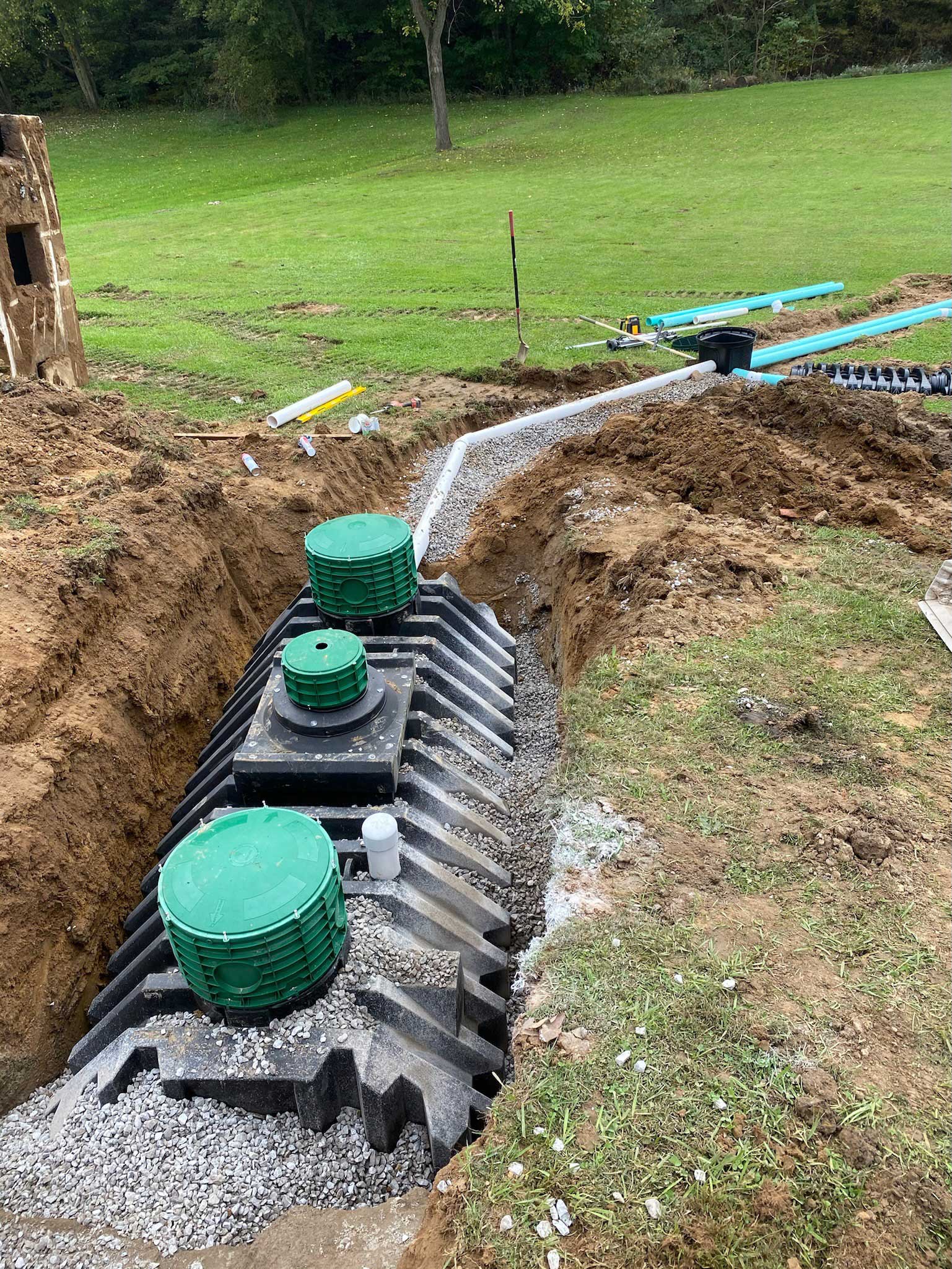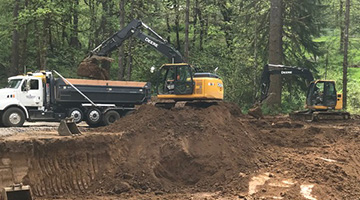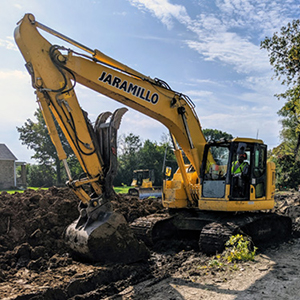Septic Ohio - Comprehensive Septic Tank Services in Ohio
Septic Ohio - Comprehensive Septic Tank Services in Ohio
Blog Article
Comprehensive Excavation Approaches: Mastering the Basics for Success
The careful planning, exact execution, and precise interest to detail required in excavation projects demand a comprehensive approach that incorporates various essential facets. The real proficiency lies not just in recognizing these basics but in seamlessly integrating them to browse the intricacies of excavation projects with finesse.
Recognizing Excavation Project Planning

Successful excavation projects are improved the foundation of careful and comprehensive planning. The first phase of any type of excavation task is the drawing board, where crucial choices are made that can substantially affect the outcome of the project. Throughout this phase, it is necessary to gather all relevant info about the website, consisting of topographical studies, soil composition, and any kind of prospective threats that might exist. Comprehending the task scope, timeline, and budget plan restraints is crucial for producing an extensive excavation strategy that ensures the job's success.
One key element of excavation task planning is the growth of a detailed timeline that lays out the sequence of tasks, landmarks, and target dates. This timeline offers as a roadmap for the project team, enabling them to track progress and make necessary changes to make certain the task remains on timetable. In addition, a distinct budget plan that represents all costs, including equipment leasing, labor costs, and materials, is essential for avoiding cost overruns and hold-ups. By very carefully taking into consideration all these elements during the drawing board, excavation jobs can be carried out successfully and properly, resulting in effective results.
Dirt Analysis and Site Examination
Performing complete soil evaluation and site examination is an important action in the preparation phase of any type of excavation project. Dirt evaluation entails identifying the structure, structure, and homes of the soil at the excavation website. This details is important for understanding the dirt's bearing ability, moisture material, and capacity for disintegration, which are essential consider determining the excavation techniques and devices required for the task.
Site assessment surpasses dirt evaluation and encompasses a broader assessment of the general website conditions. This assessment consists of identifying any prospective dangers, such as below ground energies, environmental worries, or unpredictable surface, that might affect the excavation procedure. By thoroughly evaluating the website, task supervisors can develop efficient excavation methods that prioritize security, efficiency, and environmental management.
Utilizing advanced technologies like ground-penetrating radar, dirt tasting, and drone surveys can enhance the accuracy and efficiency of dirt analysis and site assessment. Investing time and resources in these preliminary steps can eventually conserve time and protect against costly hold-ups or complications throughout the excavation process.
Equipment Option and Application
Effective excavation tasks rely heavily on strategic equipment option find here and usage to ensure optimum performance and productivity. Selecting the right tools for the work is vital in making the most of performance and lessening downtime. Aspects such as the kind of dirt, depth of excavation, and task range play a significant duty in figuring out the most ideal devices for the task handy.

In addition to choosing the ideal equipment, appropriate usage is vital to task success. Operators has to be educated to take care of the equipment securely and effectively - lancaster trenching. Normal upkeep checks and prompt repairs help protect against breakdowns and ensure regular efficiency throughout the task
Safety And Security Procedures and Laws Conformity
In the realm of excavation tasks, focusing on precaution and compliance with policies is critical to making sure a safe and secure and legally sound functional environment. Precaution incorporate an array of techniques, consisting of performing thorough website evaluations, carrying out proper signage and obstacles, and giving appropriate security training for all workers associated with the visit the website excavation process. Adherence to laws, such as OSHA demands in the United States, makes sure that the excavation project satisfies the required criteria to safeguard employees, spectators, and the surrounding environment.

Tracking Development and Adjusting Techniques
How can project managers efficiently track the improvement of excavation projects and adjust their approaches appropriately to optimize end read more results? Surveillance development is essential for ensuring that excavation projects remain on track and fulfill target dates. Project managers can utilize various devices and techniques to track progression, such as daily report card, normal site evaluations, and advanced monitoring innovations like drones and GPS tracking systems. By continuously keeping an eye on the job's improvement, supervisors can identify any kind of potential hold-ups or issues at an early stage and take positive actions to address them.

Final Thought
Finally, understanding the basics of thorough excavation strategies is necessary for the success of any task. By comprehending task planning, analyzing soil and website conditions, selecting suitable devices, conforming with security guidelines, and keeping track of progression, job managers can guarantee a smooth and reliable excavation procedure. Carrying out these methods will result in successful end results and reduce possible risks or problems throughout the excavation job.
The first phase of any type of excavation job is the preparation stage, where important decisions are made that can substantially impact the result of the project. Comprehending the task timeline, range, and budget constraints is important for developing a comprehensive excavation plan that makes certain the project's success.
Exactly how can predict supervisors effectively track the development of excavation tasks and adjust their strategies appropriately to enhance end results? By very closely keeping an eye on progress and being prepared to adapt techniques, job supervisors can boost the general success of excavation jobs.
By comprehending project planning, evaluating dirt and website problems, picking ideal equipment, abiding with safety policies, and keeping an eye on development, job supervisors can make sure a efficient and smooth excavation process.
Report this page